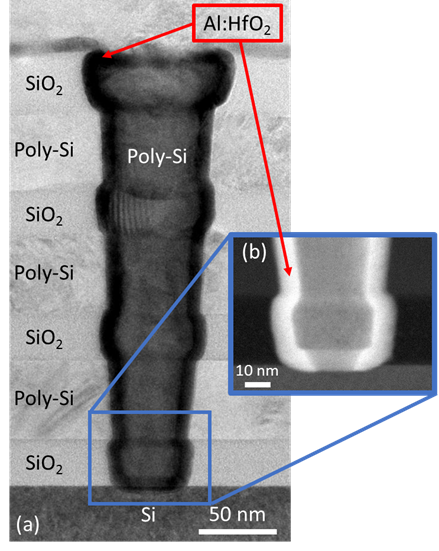Yole Développment: The key emerging non-volatile technologies like phase-change memory
(PCM), magnetoresistive random access memory (MRAM) and resistive random
access memory (RRAM) have long development histories. Yet, their
adoption remains restricted to niche markets due to various factors.
Available products have limited density, and the introduction of high
density products by emerging NVM pioneers has been delayed. There are
manufacturing challenges due to the introduction of new materials and
process steps. Meanwhile, mainstream memory technologies are
continuously improving in terms of density and cost. Finally, there has
been an absence of a killer application that would challenge dynamic
random access memory (DRAM) and NAND flash memory. [read further, LINK] - Thanks to Terry Francis for sharing this one!
Time to market for differen memory technologies (Yole Développment, LINK)
Unfortunately,
Yole does not mention here the developments in Ferroelectric hafnium
oxide based FeFET and FRAM (by NaMLab, Fraunhofer and Globalfoundries).
There has been quite some progress over a 10 years development
(originally imitated and discovered by Qimonda R.I.P.) so far and most
recent approach by Imec integrating Ferro FETs
in a bit scalable 3D-NAND style architecture. The main advantage of
this technology is that in the case of a logic embedded memory cell and a
stand alone 3D-NAND style version standard equipment and process flows
can be used in HVM. In addition, according to Imec memory Guru Jan van
Houdt, "It [FeFETs] has particularly interesting characteristics for
future storage-class
memory, which will help overcome the current bottleneck caused by the
differences in speed between fast processors and slower mass memory"
The
last couple of years there is an increased IP filing in hafnium oxide
and related technologies and precursors and especially for ferroelectric
memory. It was also apparent by studying the last VLSI program that
there are man more mature activities in this technology and if I
remember correctly there was 6-8 presentations on this topic. Possibly
the report itself gives some insights also to the status of
ferroelectric NVM technologies.
Imec is confident that their FeFET concept has all the required
characteristics for both stand-alone and
embedded memories, from non-volatile DRAM to Flash-like memories. (2017 Symposia on VLSI Technology and Circuits, Kyoto Japan June 7, 2017, source www.imec.be)


No comments:
Post a Comment